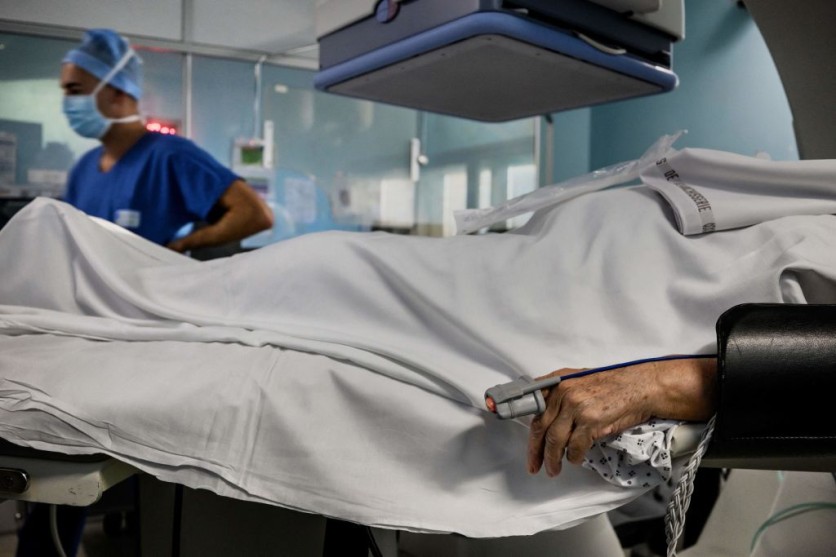A Cambridge-based startup has developed an AI telemonitor that detects heart failure by analyzing foot volume. The technology, created by Heartfelt Technologies, tracks changes in foot volume to identify potential signs of heart failure in discharged patients.

Detecting Heart Failure with AI Telemonitoring Technology
Heartfelt Technologies, a startup based in Cambridge, introduces an innovative AI telemonitoring system to detect heart failure.
Unlike traditional methods, this system utilizes foot volume measurements to track discharged heart patients' health status remotely.
The telemonitor employs an infrared time-of-flight 3D camera to automatically scan patients' bare feet for signs of peripheral edema, a potential indicator of heart failure.
This proactive approach allows for early detection of symptoms, potentially reducing the risk of hospital readmissions.
After experiencing heart failure, patients are often discharged with instructions to monitor symptoms, particularly weight, regularly at home.
However, adherence to this regimen can be challenging for many patients, leading to preventable readmissions.
Heartfelt Technologies' telemonitoring solution aims to address this issue by providing consistent and convenient monitoring for discharged patients.
As stated by The Engineer, this method aims to diminish hospitalizations by facilitating timely medication administration, potentially averting up to 75 percent of readmissions.
Once installed in a patient's home, the device effortlessly monitors foot volume as the patient walks by. This is crucial as foot swelling is a primary symptom associated with the onset of heart failure, serving as a vital indicator of heart health.
Subsequently, the device transmits data to the cloud for analysis, detecting significant foot volume changes and alerting caregivers and medical professionals to take necessary action.
In many instances, this involves ensuring proper prescription and adherence to medications.
The device, now in its third generation, has undergone significant evolution, starting from earlier versions of Raspberry Pi cameras mounted on an aluminum bar.
CEO Dr. Shamus Husheer discussed the technical challenges encountered, particularly regarding wide baselines necessary for accurate depth measurement.
He emphasized the benefits of time-of-flight cameras, citing those found in the Microsoft Kinect for Xbox One as examples.
Husheer elaborated on the intricacies, highlighting the necessity of narrow baselines for close-range foot data capture and contrasting the noise characteristics of time-of-flight cameras with other technologies.
Advancements, Challenges in Implementing
Initially met with skepticism due to concerns about sensitivity, the team behind the Microsoft Kinect device improved its 3D data capabilities through software enhancements, hardware adjustments, and innovative mathematical methods, as described by Husheer.
He further explained that while the Raspberry Pi had demonstrated the ability to detect clinically relevant foot changes related to heart failure, it was impractical for widespread use in patients' homes.
Thus, they developed a more suitable device for deployment in hundreds of households.
In addition to addressing technical challenges, Husheer emphasized the importance of privacy in implementing the technology, ensuring patient data confidentiality while delivering valuable clinical insights.
Furthermore, beyond heart failure monitoring, the technology holds potential for broader applications, including managing high-risk pregnancies.

ⓒ 2025 TECHTIMES.com All rights reserved. Do not reproduce without permission.




